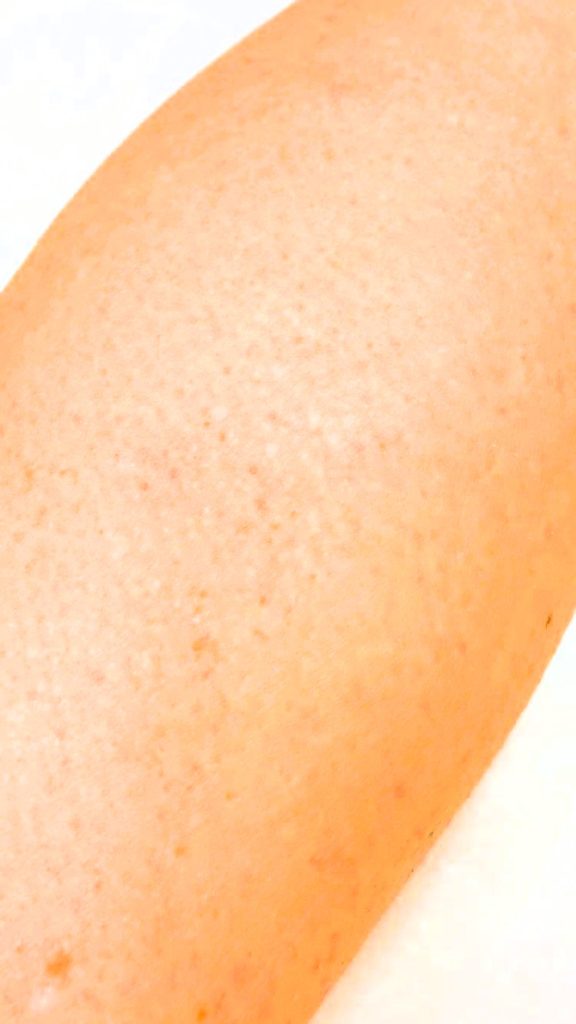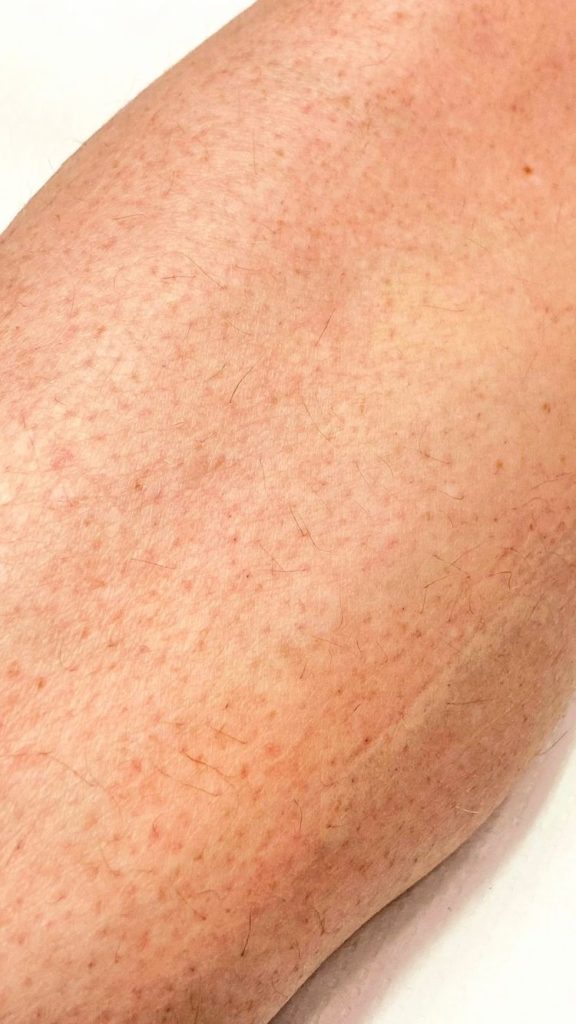Laser Hair Removal and Hair Regrowth – What Happens After Completing a Series of Treatments
Blog BackTable of Contents:
- What is Laser Hair Removal and How Does It Work?
- The Process of Laser Hair Removal and Hair Regrowth
- Treatment Frequency – Key to Success
- What Influences the Results of Laser Hair Removal?

What is Laser Hair Removal and How Does It Work?
Laser hair removal is a modern method of hair removal that is gaining increasing popularity. The procedure involves using a concentrated beam of light that targets the hair follicle, destroying it through heat. The laser emits radiation that is absorbed by melanin, the pigment present in hair. This causes the bulb to be destroyed, which leads to the cessation of hair growth.
One of the key aspects of laser hair removal is that it is effective only on hair that is in the growth phase (anagen). Hair goes through different growth phases: anagen (growth), catagen (transition), and telogen (resting). This is why it is essential to perform a series of treatments to ensure that all hair in the anagen phase is targeted.
The Process of Laser Hair Removal and Hair Regrowth
After completing a series of laser hair removal treatments, many people notice that their hair stops regrowing. However, it is important to understand that after the entire course is finished, some hair may still appear. This is a normal phenomenon, as not all hair is in the same growth phase at the same time. Hair that was not in the growth phase during the treatment may regrow after a few weeks. For many individuals, it is crucial to recognize that the effects of laser hair removal are long-lasting, but they do not guarantee a 100% permanent removal of hair.
Typically, a few months after completing the series of treatments, individuals may notice the regrowth of a few hairs, which are usually thinner and lighter than the hair that was removed. In such cases, one or two maintenance sessions may be sufficient to effectively eliminate these hairs.

Treatment Frequency – Key to Success
The frequency of laser hair removal treatments is a critical factor influencing the effectiveness of the entire procedure. It is recommended to perform treatments every 5 weeks. Regular visits allow for more effective destruction of hair follicles in various growth phases, thereby accelerating the achievement of lasting results.
What Influences the Results of Laser Hair Removal?
Several factors influence the results of laser hair removal, including the color and thickness of the hair, skin type, and the devices used. Individuals with darker, thicker hair generally achieve better results because the laser more easily recognizes melanin. In the case of light, thin hair, results may be less pronounced, and sometimes alternative hair removal methods may be necessary.
Additionally, proper skin preparation before the treatment, such as avoiding tanning and using exfoliating products, is also crucial. Before starting a series of treatments, it is advisable to consult an experienced specialist who can develop an appropriate treatment plan tailored to the individual's needs.
Laser hair removal is an effective method of hair removal that, with the appropriate number of treatment sessions, provides long-lasting results. It is important to remember the regularity of visits and that hair regrowth after completing the treatment is normal and does not indicate treatment failure. Choose the right specialist who will guide you through this process and address any questions or concerns you may have.









